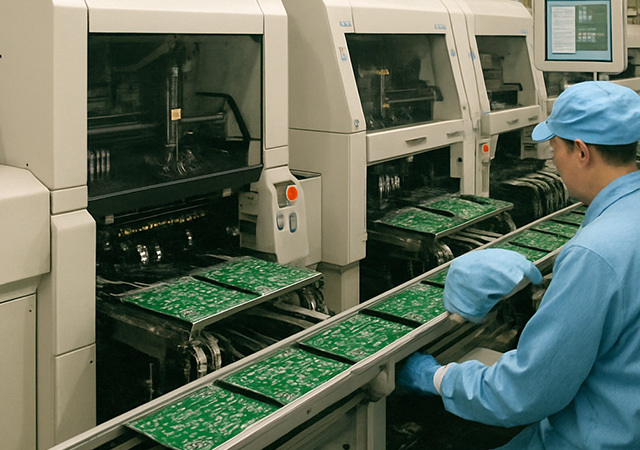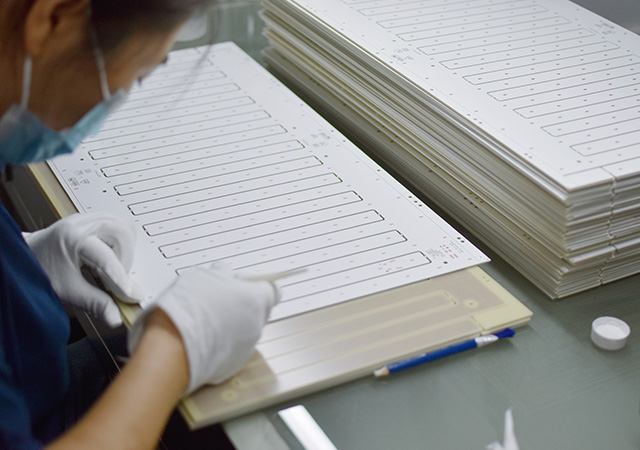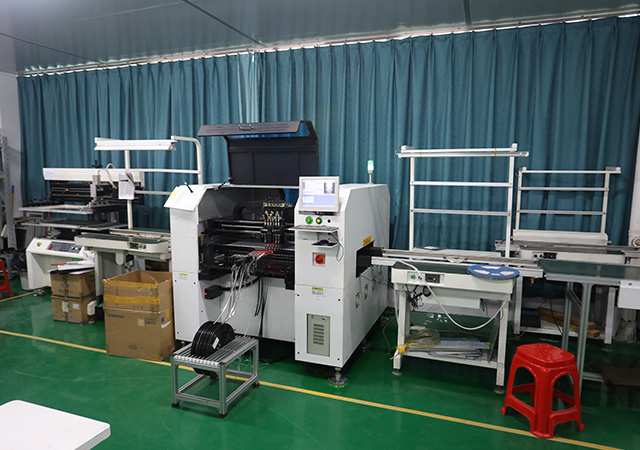-
- PCB TYPE
- PRINTED CIRCUIT BOARD PROTOTYPE ALUMINUM PRINTED CIRCUIT BOARD R&F PCB FPC HIGH FREQUENCY PCB HIGH-TG PCB HEAVY COPPER PCB HDI PCB PCB FOR LIGHTING METAL CORE PCB

Choose a reliable PCB manufacturer with expertise in PCB design and assembly for quality and cost-effective solutions that meet your project needs.

Explore the fundamentals of IC substrate PCB design, substrate materials, and the PCB fabrication process for high-performance, reliable electronics.

Discover the intricate IC substrate PCB manufacturing process, a vital part of electronics, from design to testing, ensuring precision and innovation.

Find the perfect PCB manufacturer for your project! Learn key considerations like quality standards, custom PCB capabilities, and more to ensure success.

Explore the process and design considerations of LED lighting PCB manufacture, crucial for modern lighting solutions with efficient heat management and compact designs.

Got project ready to assembly? Contact us: info@apollopcb.com



We're not around but we still want to hear from you! Leave us a note:

Leave Message to APOLLOPCB
